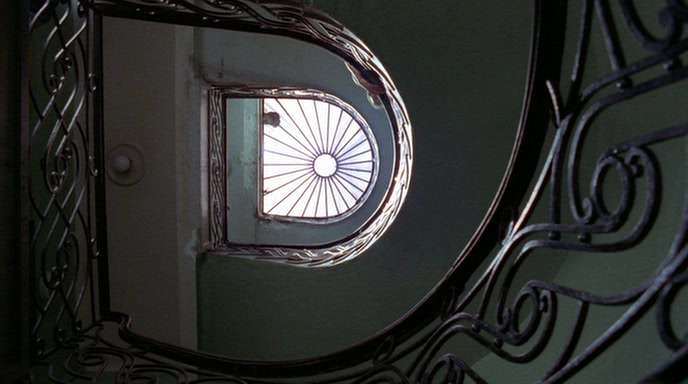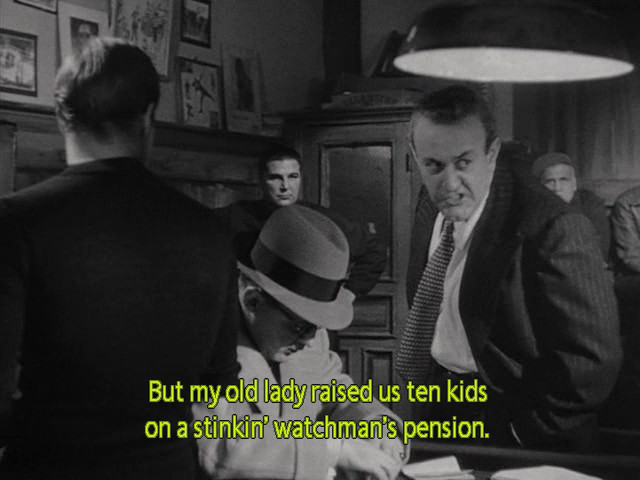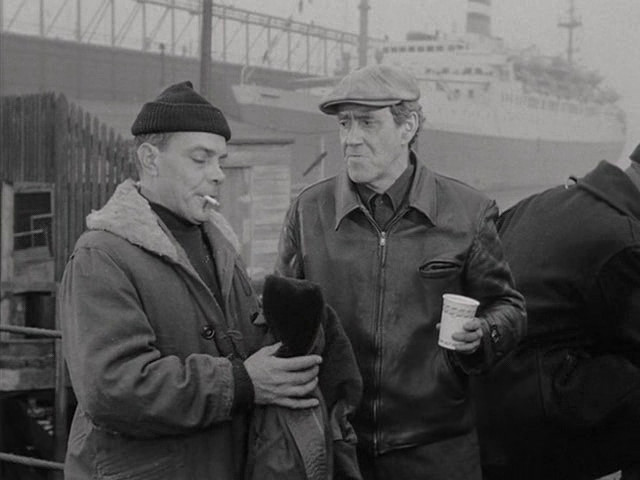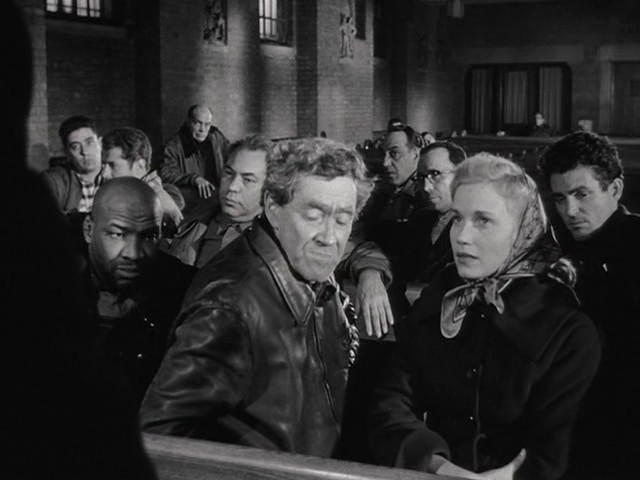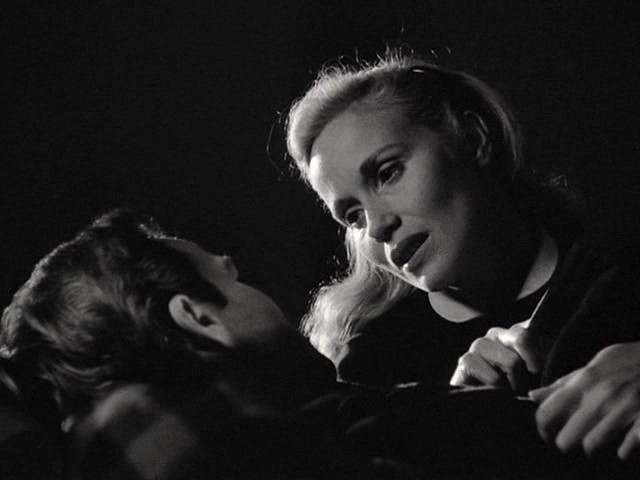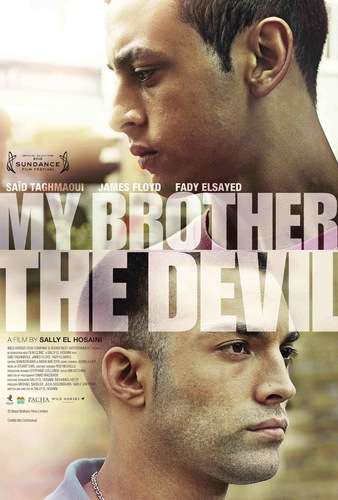![]()
![29f7c043f76a2bde437fd0d52a185152]()
Andre, a teenager, lives in an industrial town in Brazil near an old aluminum factory. One day, a factory worker, Cristiano, suffers an accident. Asked to go to Cristiano’s house to pick up clothes and documents, Andre stumbles on a notebook, and it’s here that Araby begins — or, rather, transforms. As Andre reads from the journal entries, we are plunged into Cristiano’s life, into stories of his wanderings, adventures, and loves. Beautifully written and filmed, ARABY is a fable-like road movie about a young man who sets off on a ten-year journey in search of a better life.
![]()
![]()
![]()
![]()
Quote:
This political road movie by Brazilian writer-directors Affonso Uchoa and João Dumans premiered in competition at the long-running Dutch festival.
by Neil Young
A quiet epic which is both ideal for the current turbulent epoch and timeless, grittily specific in its details but universal in its themes, Joao Dumans and Affonso Uchoa’s Brazilian wonder Araby (Arabia) sets a high bar for world cinema of 2017. An intriguingly structured, multilayered road movie in which an ordinary working-class dude looks back over a nation-wandering decade of his life, this second collaboration by the writer-directors is a cumulatively engrossing and ultimately very moving work of clear-eyed political intent.
Marked by boundless humanism and mature insight, it features a gorgeous, country/folk-flavoted soundtrack that accessibly softens the sharp edges of a pretty hard-knock tale. Premiering in the eight-strong Hivos Tiger competition at Rotterdam, the picture is not just an instant, hard-galloping front-runner for that prestigious $43,000 prize but potentially something of a cinematic Pegasus for which — in an ideal world — the sky would be the limit.
Dumans and Uchoa are very much concerned with our actual, deeply flawed world, however, and have found a simple but superb way to present its challenges, trials and fleeting joys as experienced by a representative of the planet’s hard-toiling poor. Fortyish Cristiano (Aristides de Sousa) has been encouraged to write about his colorful life experiences after joining a theater group at his factory in the southern state of Minas Gerais. When he’s incapacitated by an unseen incident at work, his hand-scrawled memoir is discovered by a bookish teenage neighbor, Andre (Murilo Caliari), who is irresistibly fascinated by the unvarnished chronicle of labor, places and people.
Dumans co-wrote Marilia Rocha’s very fine 2016 Tiger contender Where I Grow Old, and also the Uchoa-directed The Hidden Tiger (2014), a drama/documentary hybrid which provided non-pro de Sousa with his screen debut (Uchoa had previously debuted with 2010’s comparatively little-seen Afternoon Woman). Here the duo slyly wrong-foot their audience by focusing so squarely on Andre for the first 20 minutes, with the actual protagonist on the sidelines. This deceptive first “reel” is only moderately engaging; while evocative in terms of the noisy, polluted environment of the factory, it adheres too squarely to Bresson-influenced art-cinema trends, and introverted Andre is an unpromising sort of lead.
Once the lad starts reading the memoir, however, the title-card appears and the film proper belatedly begins. The remaining 70-odd minutes then unfold an episodic, richly detailed, often amusing visualization of Cristiano’s self-narrated autobiography (which might, just possibly, be a figment of Andre’s imagination). Truly dramatic incidents are few and far between, but along the way we witness crime, punishment, death, romance and one hell of a lot of very hard work as our hero crisscrosses his vast country in search of remunerative employment (“I did everything a man can do”).
This happy-go-lucky ex-jailbird has all manner of encounters, including one particularly formative chat with an elderly chap whom he learns was renowned as a labor-organizer in his earlier days. As Cristiano gets into his authorial stride, weaving his gloriously haphazard tapestry (“How I won and lost”), he grows before our eyes and ears into an entirely convincing three-dimensional character — in tandem with the slow blooming of his political consciousness. A stint on a tangerine farm for zero wages harshly teaches him “the rhythm of the earth: We sow so much, but reap so little.”
Along the way there are countless tales within the tale, songs within the song, letters written and read, anecdotes and tangents, building into a decidedly Brazilian affair which develops and sustains a polyphonically sensual musical pulse. Among home-grown tracks, impromptu sing-alongs and plangent guitar interludes provide consistent, varied embellishment, there are also two crucial deployments of Townes Van Zandt’s 1968 classic ‘I’ll Be Here in the Morning.’
Professionally and unflashily mounted in all technical aspects, edited with virtuoso economy by Luiz Pretti and Rodrigo Lima to clock in at a brisk 96 minutes, this is a seemingly “small” film which tackles the biggest of issues with a beguiling can-do, freewheeling spirit. Having caught us so off-guard with their prologue, the directors maintain an anything-can-happen vibe throughout. They effortlessly capture the intoxicating spirit of the open road that draws Cristiano from job to job, pal to pal, town to town, like some proletarian Southern cousin of Jack Nicholson’s Bobby Dupea from Five Easy Pieces.
Like Bob Rafelson’s 1970 classic, Araby — the exotic title deriving from seemingly throwaway joke recounted by one of the narrator’s myriad co-workers — has the truly rare capacity to inspire and energize with the optimistic sense that nothing is truly impossible. It culminates in an astonishing, bravura sequence as our hobo hero, having found his full voice, suddenly soars into a realm of rousing, radicalized self-realization. An understated epilogue wraps up proceedings in beautiful, haunting, resonant fashion: a perfect finale to a true fanfare for the common man.
Production companies: Katasia, Vasto Mundo
Cast: Aristides de Sousa, Murilo Caliari, Renata Cabral, Glaucia Vandeveld
Directors-screenwriters: Joao Dumans, Affonso Uchoa
Producers: Vitor Graize, Thiago Macedo Correia
Cinematographer: Leonardo Feliciano
Production designers: Priscila Amoni, Janaina Macruz
Costume designer: Juliana Soares
Editors: Luiz Pretti, Rodrigo Lima
Soundtrack: Francesco Cesar
Casting directors: Gustavo Ruas, Silvia Andrade
Venue: Rotterdam Film Festival (competition)
![]()
![]()
![]()
![]()
http://nitroflare.com/view/57092E5A8023A40/ArabiaAKAAraby.part1.rar
http://nitroflare.com/view/65F10060F03D07C/ArabiaAKAAraby.part2.rar
http://nitroflare.com/view/DC6B87FB82C1B14/ArabiaAKAAraby.part3.rar
Language(s):Portuguese
Subtitles:English, Spanish and French on .srt
If you enjoy this blog, you can support it by buying a NITROFLARE premium account from the links above. Thank you for your support












































































































